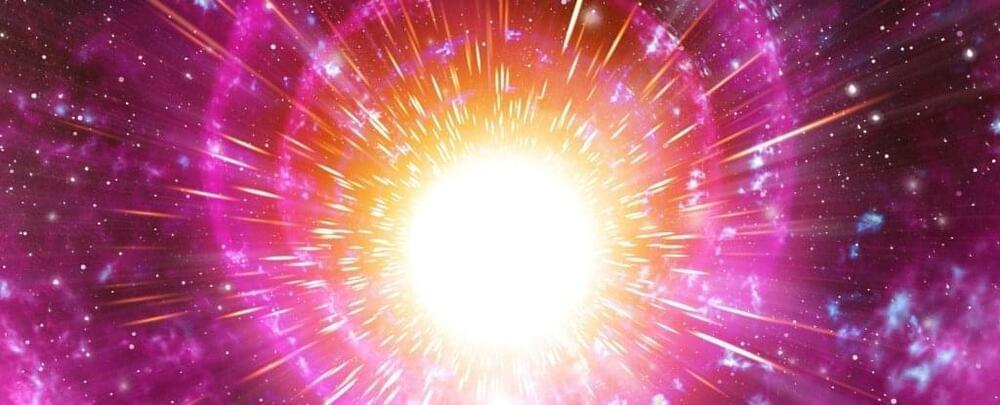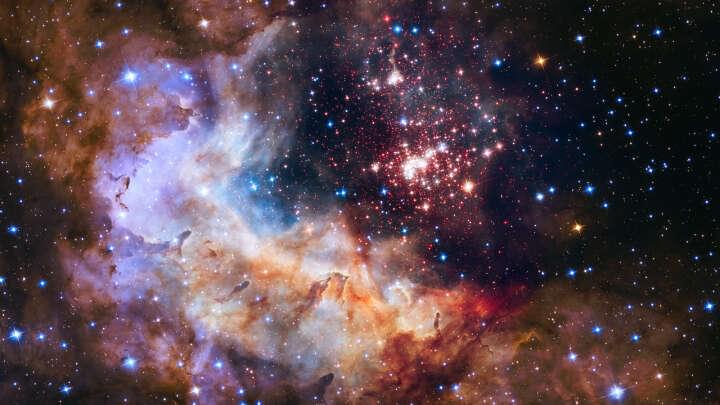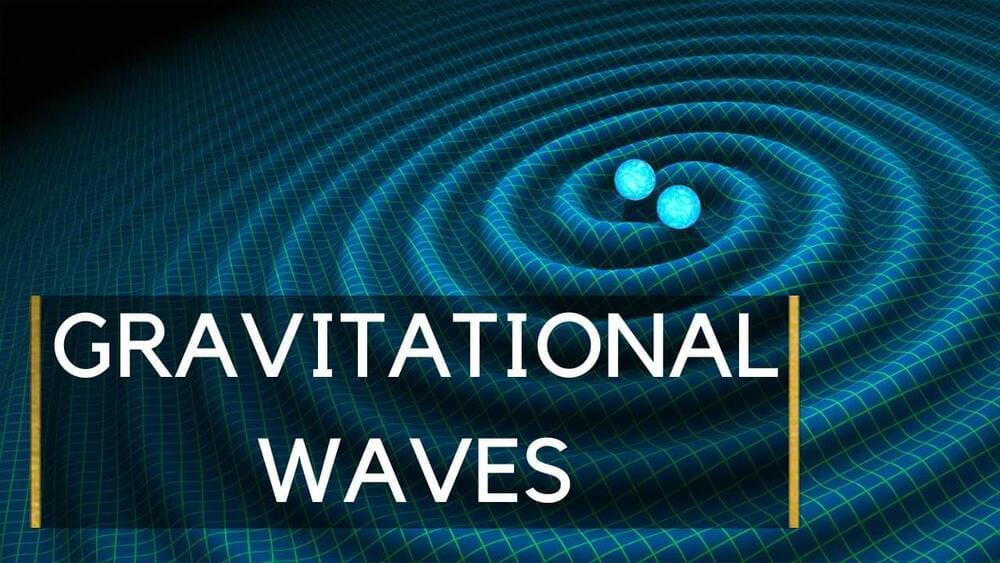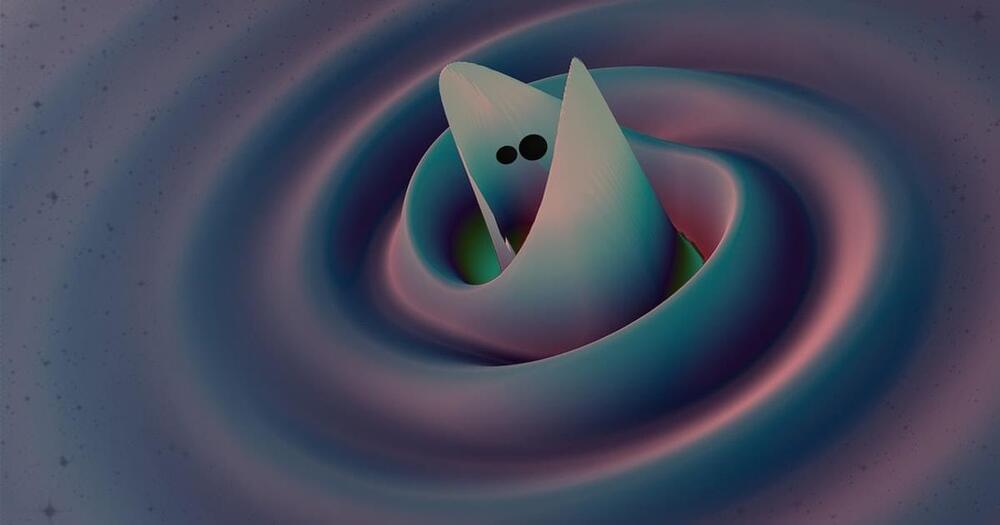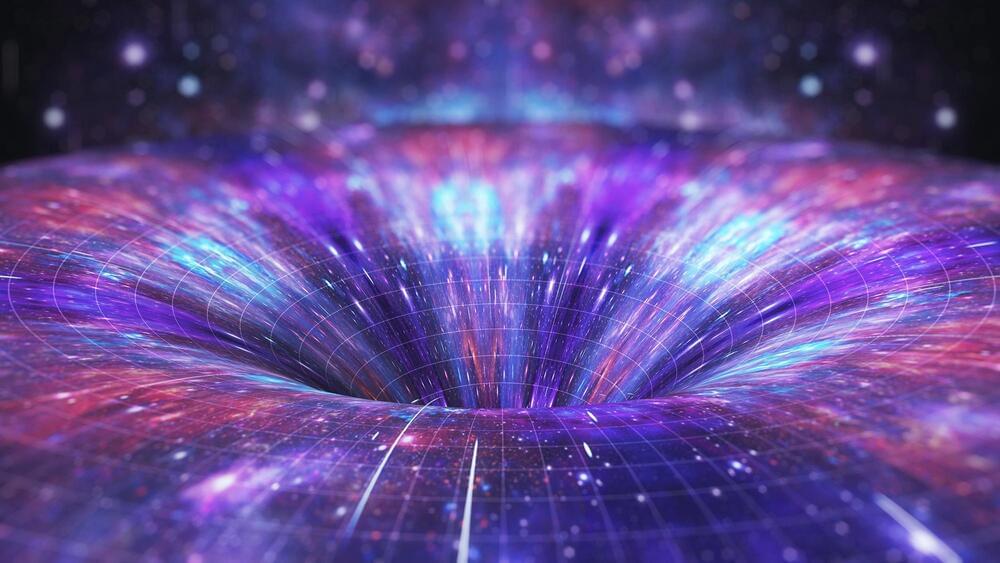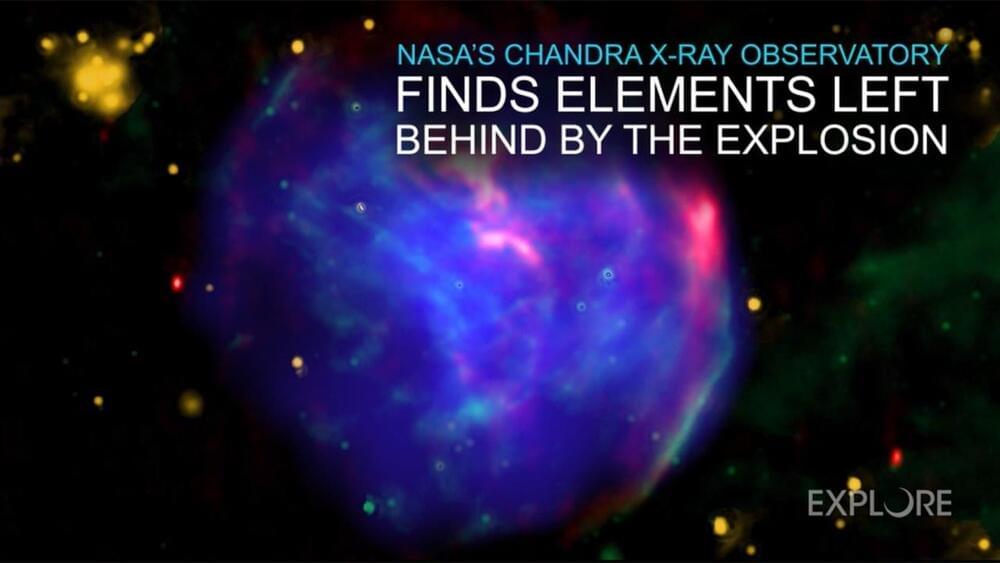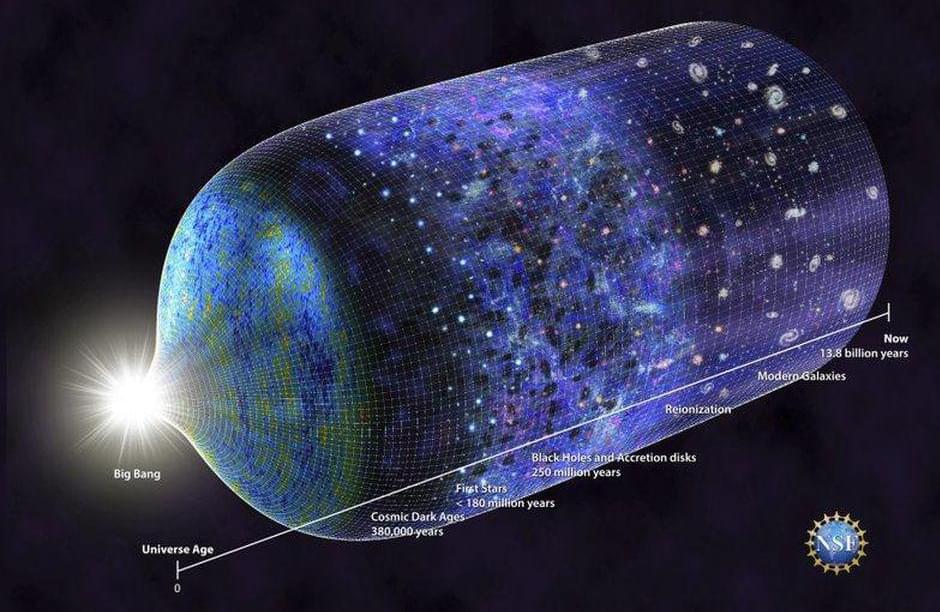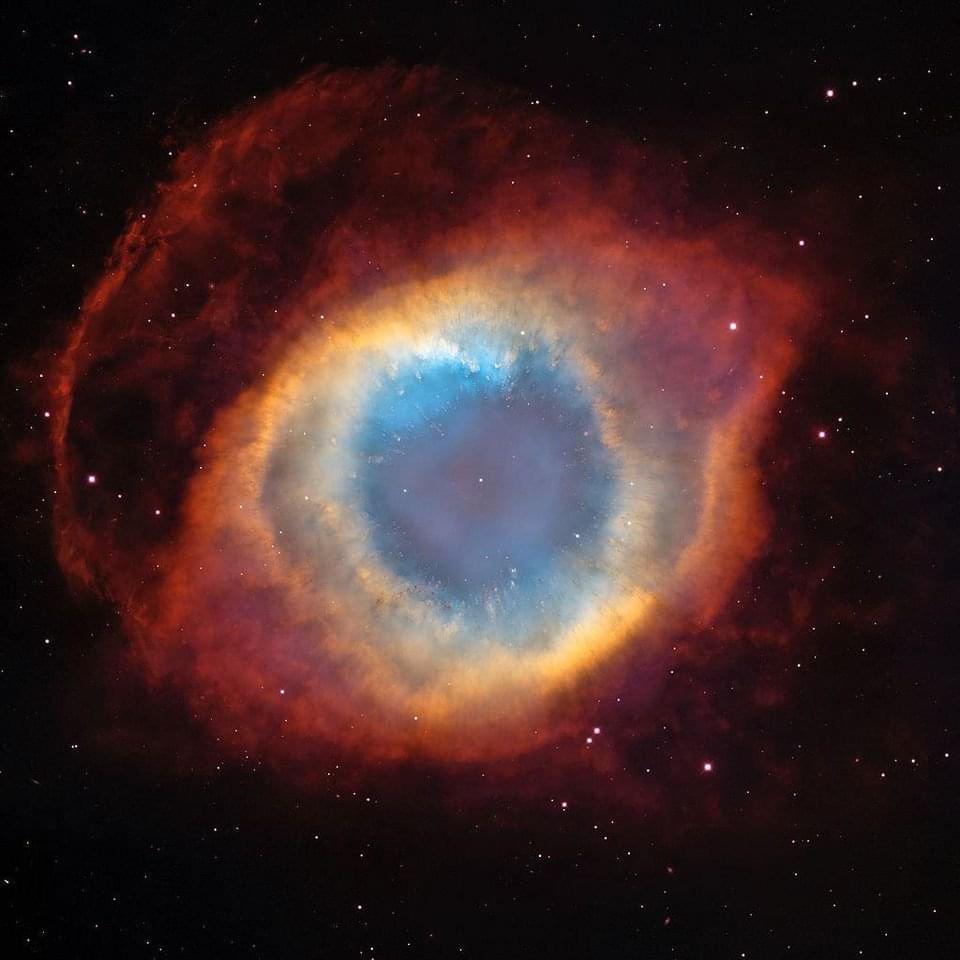Oct 23, 2021
Physicists Created a Supernova Reaction on Earth Using a Radioactive Beam
Posted by Quinn Sena in categories: cosmology, physics
For the first time, physicists have been able to directly measure one of the ways exploding stars forge the heaviest elements in the Universe.
By probing an accelerated beam of radioactive ions, a team led by physicist Gavin Lotay of the University of Surrey in the UK observed the proton-capture process thought to occur in core-collapse supernovae.
Not only have scientists now seen how this happens in detail, the measurements are allowing us to better understand the production and abundances of mysterious isotopes called p-nuclei.
